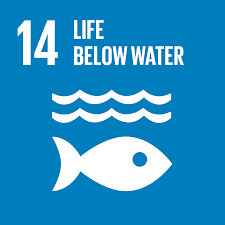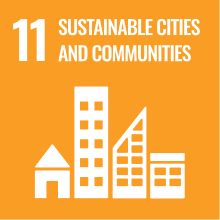Sargassum Seaweed in 2025: Tracking Changes in the Caribbean
- taylorwcomms
- Apr 16
- 4 min read
The growing presence of sargassum seaweed has captured the spotlight in recent years, especially across the Caribbean. As we look into 2025, significant changes since 2023 have occurred. This post will provide an update on sargassum seaweed, its current trends, and its impact on local communities, businesses, and marine life.
Understanding Sargassum Seaweed and its Impact
Sargassum is a free-floating brown algae that populates tropical waters. The blooms observed since 2023 have drastically affected Caribbean coastal regions, bringing both environmental and economic challenges. For instance, vast quantities of sargassum can deplete oxygen in the water, harming marine life, including fish and coral populations.
In 2023, research highlighted how the largest sargassum blooms occurred in areas like Puerto Rico, Jamaica, and the Bahamas, severely disrupting local ecosystems and causing distress for resorts and beach goers. An estimated 200,000 tons of sargassum washed ashore these areas, leading to significant economic losses for tourism-dependent businesses.

What Changed Between 2023 and 2025?
Several shifts with the status of sargassum seaweed have occurred since 2023. Early in 2023, massive sargassum presence triggered widespread concerns about the sargassum bloom in 2023. By 2025, scientists have observed fluctuations in bloom intensity driven by factors like changing ocean temperatures and nutrient levels from agricultural runoff.
Recent advancements in sargassum tracking technologies have enhanced forecasting abilities. Improved sargassum mapping allows islands and the United States mainland to develop tools and measures for effective response, adapting quickly to changing conditions. This proactive approach is crucial as areas increasingly rely on these insights to mitigate the impacts of sargassum before it reaches the beach.

Current Status of Sargassum: Where is it Now?
Understanding the current distribution of sargassum is vital for timely action. As of 2025, significant patches have been identified across the Atlantic, especially near Puerto Rico, Dominican Republic, and Cuba. In particular, the sargassum map indicates prominent patches lingering off the coastlines of the Bahamas and Jamaica.
In the Bahamas, where the seaweed frequently occurs, local communities and resorts are grappling with cleaning costs and tourism impacts. Reports show that some resorts have experienced up to a 20-30% decline in bookings during peak sargassum bloom seasons, prompting them to invest in innovative cleaning technologies to attract tourists.

The Role of Sustainable Development in Addressing Sargassum
Innovative solutions are essential to tackle the challenges of sargassum. Many sustainable development companies are now focusing on utilizing sargassum for constructive purposes. For example, Cuban initiatives have explored converting sargassum into eco-friendly fertilizers and bioplastics. These efforts not only address sargassum's invasive nature but also provide new income sources for local communities.
By transforming waste into value, businesses can redefine sargassum’s narrative. With tourism at stake, resorts are increasingly turning to eco-friendly solutions. Resorts that implement sustainable practices have seen notable increases in customer satisfaction and booking preference, with studies showing over 70% of travelers prefer eco-conscious accommodations.
Research and Community Engagement: Collaborative Efforts
Tackling the sargassum issue involves collaboration among governments, researchers, and local communities. Countries like Cuba and Puerto Rico have been proactive in effective strategies to manage their sargassum seaweed invasions. Puerto Rico uses satellite monitoring and local alert systems to manage sargassum landings. Municipalities like San Juan and Dorado have taken early action to coordinate cleanup and public communication.
Community engagement plays a crucial role. Local scientists contribute to real-time reporting on sargassum concentrations. Their involvement helps develop community-driven projects that raise awareness and mobilize resources. Together, these projects enhance coastal management practices, ensuring that communities are prepared for sargassum influxes.
Mapping the Future: Anticipating Sargassum Trends
With advancements in data collection and technology, future projections regarding sargassum blooms have become sharper. Tools like satellite imaging and computational modeling are critical for forecasting the great Atlantic sargassum belt, which continues to evolve due to climate change and oceanic shifts. Virtual maps like the Sargasso Tracker are also useful to track and monitor for scientific purposes, or to plan your next vacation.

Looking Ahead: The Journey Of Sargassum Continues
The status of sargassum seaweed in 2025 reflects significant changes since 2023, with improved tracking, community engagement, and sustainable practices making a difference. As knowledge grows, so do the opportunities for innovative solutio
ns that benefit both ecosystems and local communities.
Current trends underline the necessity for continued collaboration among scientists, resorts, and government agencies across the Caribbean. By working together and streamlining efforts, we can transform the challenges posed by sargassum into opportunities for sustainable development. The sustainable management of sargassum seaweed covers the following United Nations Sustainable Development Goals (SDGs):








